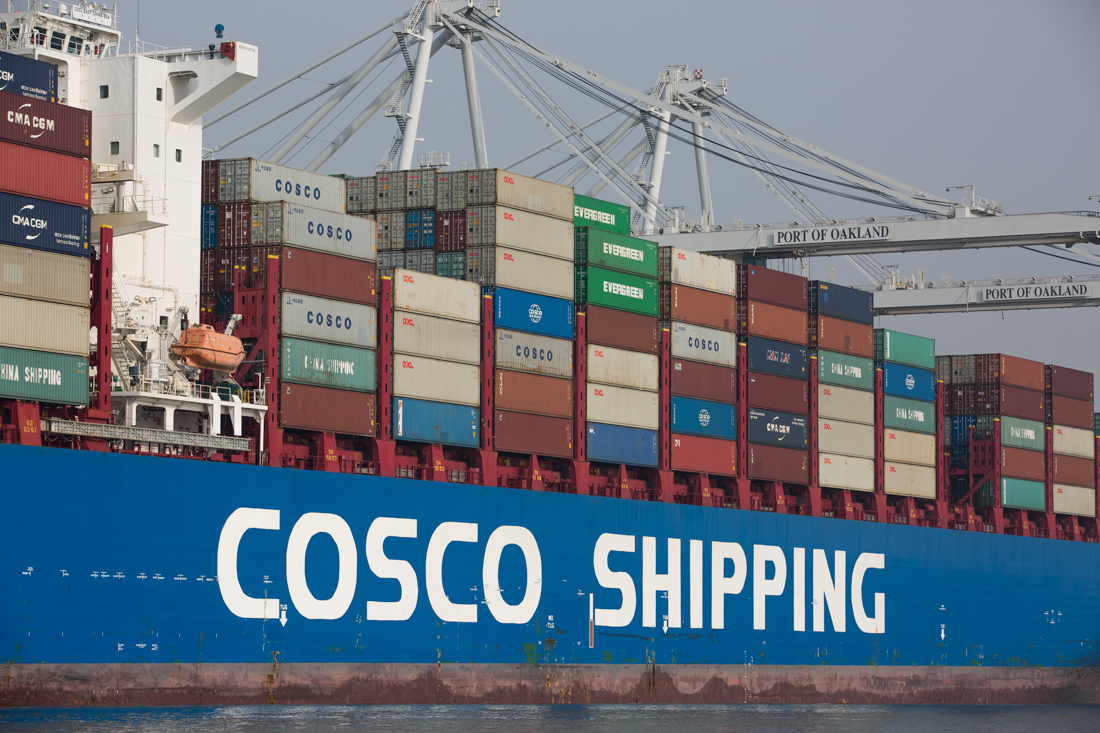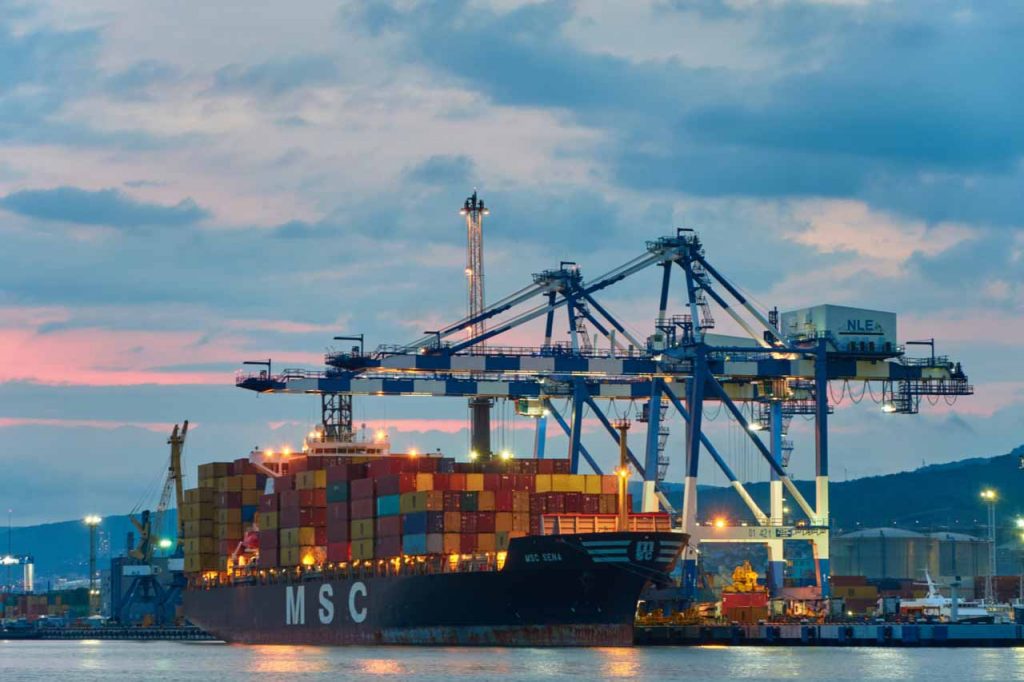The tunnel does not have any effect on loading space the inside of the container floor or the flatrack loading area being flat.
Many overseas container shipments are floor loads.
Arranging for a shipping container is easy.
Load the container from floor to ceiling and then build a wall to keep the goods from falling into the open space.
For international shipments the maximum weight of a pallet may vary by destination or origin.
Call our international shipping experts anytime to learn how upakweship will help you with your overseas move.
Floor loaded freight should only be loaded into containers that are at least 8 feet tall and make sure that the overall height of the carton stack allows 6 inches of clearance from the top of the stack to the roof of the container.
Freight shipments over 4 400 pounds require prior authorization.
Point loads always occur when.
The international standard iso 1496 series 1 freight containers specification and testing attempts to ensure that containers can withstand this by subjecting container to a floor test generally test number 8.
When using intermodal transportation cofc always use a load strap never a load bar to secure loads.
For safe transport it is important for as many as possible of the bottom rails to be loaded.
A large number of ctus especially flatracks have them at both ends.
Quality companies offer both new and used standard and high cube shipping containers depending on how large your load is you can choose from 20 foot or 40 foot standard containers high cube or quality open top shipping containers ideal for shipping vehicles or watercraft along with other dry cargo.
The load carrying components of the container floor structure are the bottom side rails which absorb the load of a cargo via the container floor.
You can build the wall using plywood sheeting and 4x4 wood.
Many containers have recesses in the bottom of the front end this centrally located recess is known as a gooseneck tunnel.
An intermodal container often called a shipping container is a large standardized shipping container designed and built for intermodal freight transport meaning these containers can be used across different modes of transport from ship to rail to truck without unloading and reloading their cargo.
Point loads are to be avoided since they can damage the container floor.









